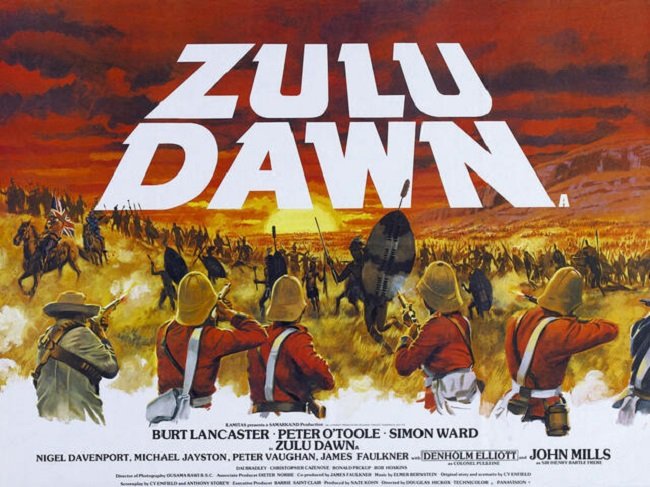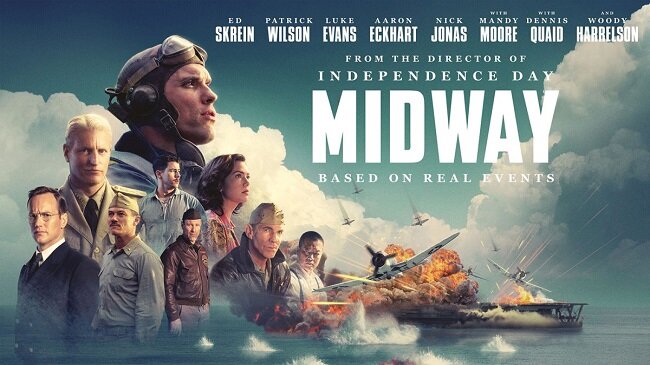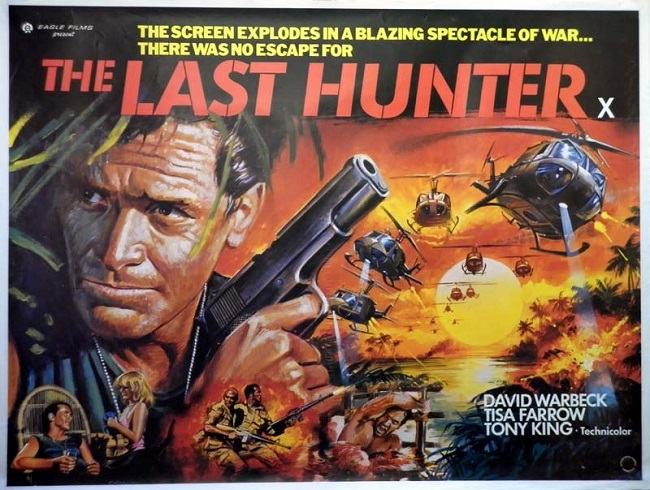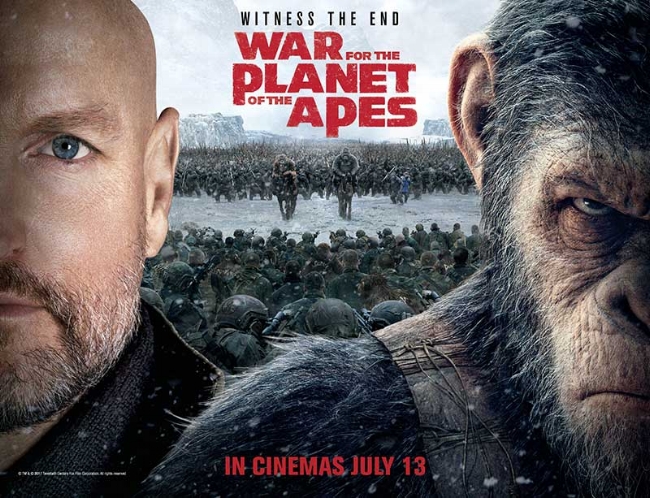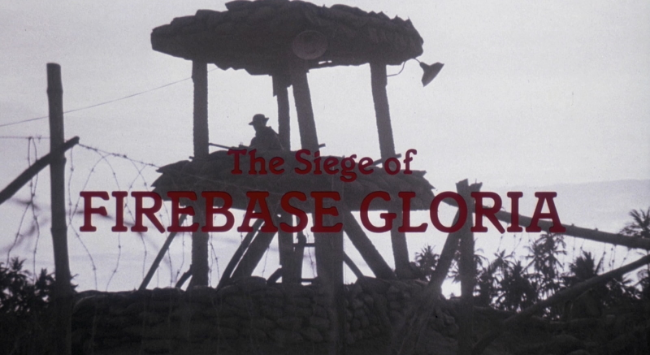Greyhound (2020)
Greyhound is a curious film in that it flies in the face of one’s expectations. When I (and possibly others) see an advertisement or trailer for a World War II movie starring Tom Hanks, I naturally assume that the lead actor has been hired for his prodigious acting talent and that he’ll be providing an in depth character study. I was expecting Greyhound to be the story of an untested US Naval Commander enduring an ordeal by fire on his first escort mission. And that is to a degree what director Aaron Schneider provides but instead of the narrative arc focusing on Ernest Krause’s emotional struggles with his duties, we instead get a docudrama focusing on the technicalities of naval warfare. The latter approach is certainly engaging and at times tense and exciting but this decision narrows the appeal of the film. I personally would have preferred the former.
Based on the 1955 novel The Good Shepherd by C. S. Forester and adapted for the screen by Tom Hanks himself, Greyhound is the story of Commander Ernest Krause during his first war-time assignment. The USS Keeling, codenamed Greyhound, is the lead ship in a multi-national escort group defending a merchant ship convoy. As the allied vessels enter the aptly named "Black Pit"; the Mid-Atlantic gap where they are out of range of air support, a five day game of cat and mouse begins with a German U-boat Wolfpack. Will Commander Krause’s “by the book” approach be sufficient in countering the German threat? Can an unproven Commander deal with the pressure of naval warfare during the Battle of the Atlantic, only months after the U.S. officially entered World War II?
Several critics have raised the question as to whether Greyhound went through a major re-edit just prior to its release. As I have not read about anything to this effect I must conclude that this is not the case. Therefore it must be assumed that the brevity of this film and its focus on naval procedure and tactics was intended. As Tom Hanks is an actor often associated with in-depth character studies, many people (myself included) expected a movie which not only explored the Battle of the Atlantic but also dealt with the burden of command. The film gives us hints regarding Commander Krause. We see his fiancée give him a Christmas gift of monogram slippers. There are several scenes where he prays, implying that faith is a key facet of his personality. There is also a recurring joke in which he misses all the meals his steward prepares for him. All of these could have been expanded into broader vignettes and indeed I was hoping they were. However, they remain as simple asides.
From a technical perspective, Greyhound is both compelling and accurate. The naval tactics depicted are factually correct and well realised. The visual effects by DNEG (formerly Double Negative) are of a high standard. The ocean is a difficult medium to represent digitally but the action sequences focus upon technique rather than spectacle, so they offer a higher degree of realism than those in similar movies such as U-571. However, therein lies the main criticism of Greyhound. It is very much a facts driven WWII naval docudrama, as opposed to a character study about the men taking part. We see several members of the ship’s crew but beyond their duties we know little about them. I suspect there was more of a human element in C. S. Forester book. As it stands, Greyhound is a good film with niche market appeal. An extra 30 minutes of expanded character development may have turned a good film into a great one.

